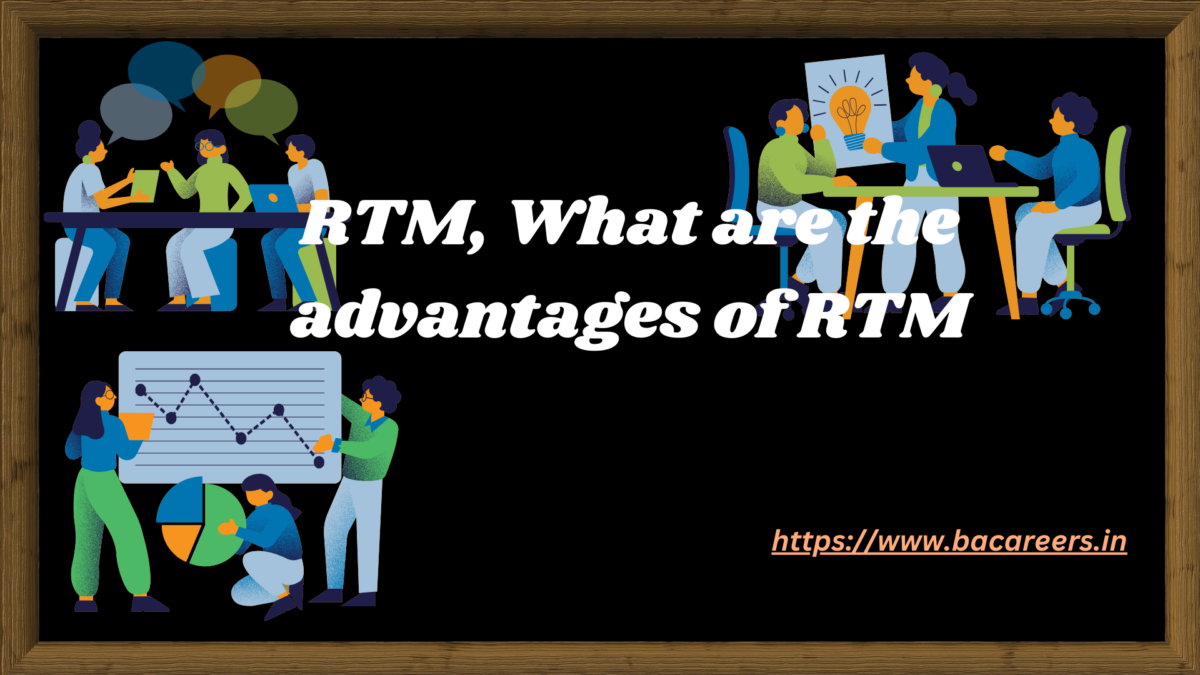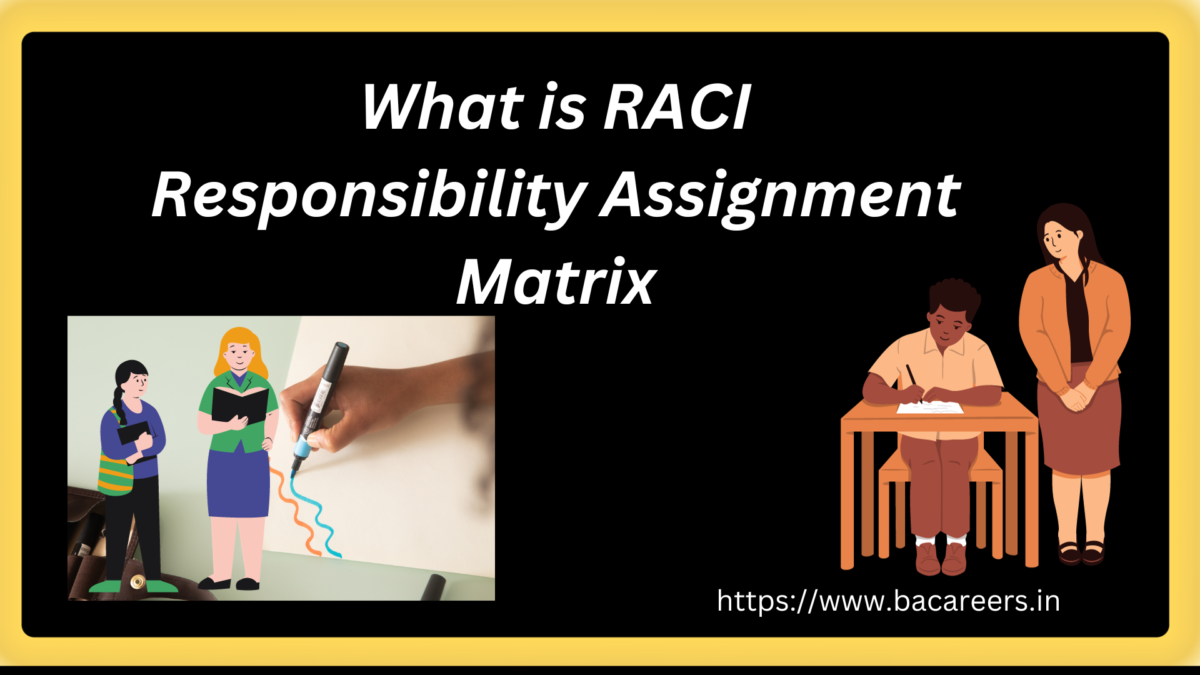Introduction
In the ever-evolving landscape of technology, acronyms and abbreviations are ubiquitous. One such term that has become a cornerstone of modern software development is “API.” Short for Application Programming Interface, API plays a crucial role in facilitating communication between different software applications. In this article, we will delve into the full form of API, its significance, and its pervasive impact on the digital world.
API stands for Application Programming Interface. It is a set of protocols, routines, and tools for building software applications. APIs allow different software components to communicate with each other.
Continue reading “Demystifying API: Understanding the Full Form and Its Significance”

Business Analyst , Functional Consultant, Provide Training on Business Analysis and SDLC Methodologies.



